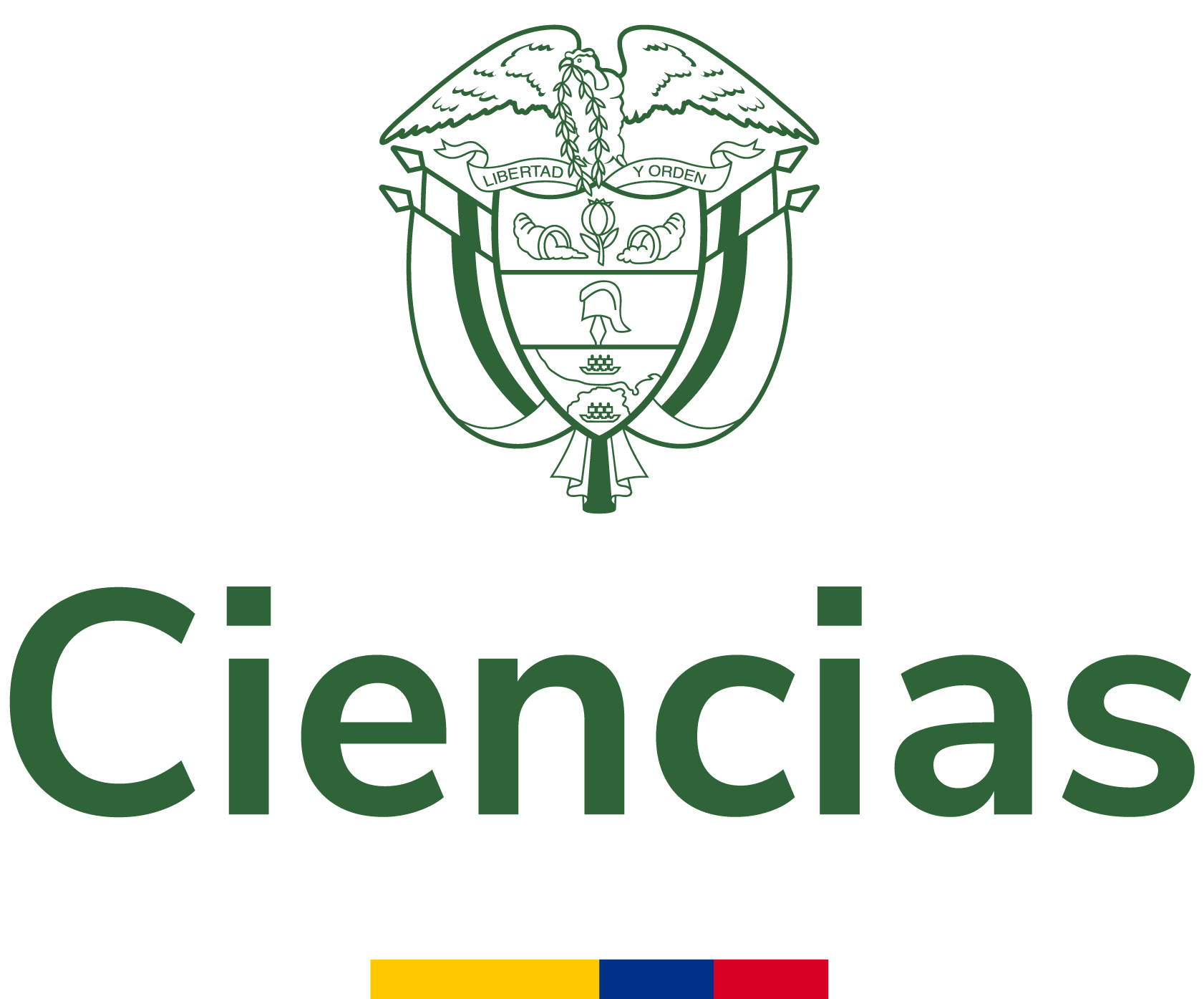Temporal and vertical variations in phythoplankton community structure and its relation to some morphometric parameters of four Colombian reservoirs
ABSTRACT: Phytoplankton samples were taken at three depths within the photic zone of each of four reservoirs, Punehiná, Las Playas, El Peñol and San Lorenzo located in Antioquia department, Colombia. A total of 77 taxa were identified in the four reservoirs. Diatoms were not included. In all reservo...
- Autores:
-
Ramírez Restrepo, John Jairo
Mattos Bicudo, Carlos Eduardo de
Roldán Pérez, Gabriel Alfonso
García Lozano, Luis Carlos
- Tipo de recurso:
- Article of investigation
- Fecha de publicación:
- 2000
- Institución:
- Universidad de Antioquia
- Repositorio:
- Repositorio UdeA
- Idioma:
- eng
- OAI Identifier:
- oai:bibliotecadigital.udea.edu.co:10495/22201
- Acceso en línea:
- http://hdl.handle.net/10495/22201
https://revistas.unal.edu.co/index.php/cal/article/view/17560
- Palabra clave:
- Antioquia (Colombia)
Phytoplankton
Fitopláncton
Embalses
Water reservoirs
Limnología
Limnology
Colombia
Biodiversidad
Biodiversity
Embalse Punchina
Embalse San Lorenzo
http://aims.fao.org/aos/agrovoc/c_13344
http://aims.fao.org/aos/agrovoc/c_8324
http://aims.fao.org/aos/agrovoc/c_4343
http://aims.fao.org/aos/agrovoc/c_1767
http://aims.fao.org/aos/agrovoc/c_33949
- Rights
- openAccess
- License
- https://creativecommons.org/licenses/by/4.0/
| Summary: | ABSTRACT: Phytoplankton samples were taken at three depths within the photic zone of each of four reservoirs, Punehiná, Las Playas, El Peñol and San Lorenzo located in Antioquia department, Colombia. A total of 77 taxa were identified in the four reservoirs. Diatoms were not included. In all reservoirs, Chlorophyta was the dominant group. Botryococcus braunii was the dominant species at Punchiná, Las Playas and El Peñol reservoirs; Cosmarium sp. was the dominant at San Lorenzo. Temporal variation in phytoplankton showed two peaks of abundance, apparently related to precipitation. Taxonomic composition among samples from the same reservoir showed little variation. Community structure at different depths showed significant differences only at San Lorenzo reservoir. The inverse of β-diversity showed small values indicating high similarity among the reservoirs. Diversity showed no significant association with any morphometric factor evaluated (area, retention time, altitude and age). |
|---|






